- 02 9712 1736
- [email protected]
- 212 Great North Road, Five Dock, NSW 2046
- Open 7 days a week
The deltoid muscle is the big, triangular muscle that covers your shoulder. It gives the shoulder that round form that we all know. The name derives from the Greek letter delta, which looks like a triangle. There are three separate elements that make up your deltoid that operate together. The front deltoid helps you lift your arm forward. The middle deltoid lifts your arm to the side. The posterior (back) deltoid pulls your arm back. These three parts function together. A study of 30 shoulders found that the deltoid weights in humans ranged from 84 grams to 366 grams. That means that there is an average of 192 grams of muscle tissue. The deltoid links your collarbone, shoulder blade, and upper arm bone. This makes the joint structure sturdy and stable.
The deltoid is the triangular muscle that caps your shoulder, enabling you to lift and move your arm in all directions. Pain in this muscle affects up to 26% of adults and commonly results from overuse, poor posture, or sudden injuries. Symptoms range from mild tightness (Grade 1) to complete tears (Grade 3), with pain location indicating which part of the deltoid is affected.
Our integrated treatment approach combines spinal adjustments, soft tissue manipulation, therapeutic massage, and functional exercises for comprehensive healing. Research shows this multi-modal approach speeds recovery and prevents recurrence. Most minor strains heal within 2 weeks, while severe injuries may take up to 4 months.
Prevention is key: maintain good posture, warm up before activities, and don’t ignore persistent pain. With proper treatment, complete recovery is achievable. If shoulder pain persists beyond 2 weeks or you cannot move your arm, seek professional help immediately.

The deltoid muscle makes a lot of the motions we do every day possible. It is the main muscle that lifts your arm away from your body.
It’s important to know what each part does. The anterior deltoid bends your shoulder and turns it in. The lateral deltoid alone does abduction movements. The posterior deltoid moves your shoulder back and out. They work together to give the shoulder full range of motion.
The rotator cuff muscles and your deltoid work together a lot. This collaboration keeps your shoulder steady while you move. The synchronisation keeps people from being hurt and makes sure that things move smoothly. When these muscles cooperate together the right way, you can move without pain.
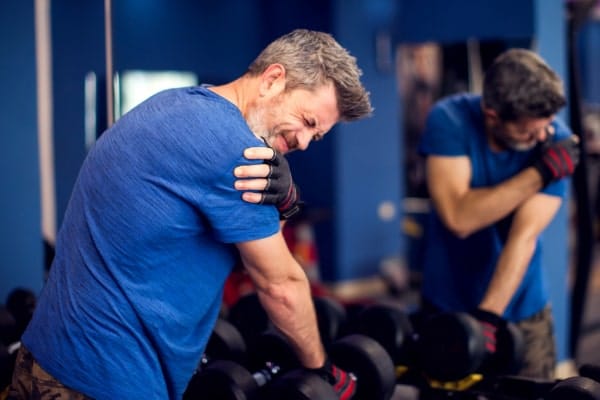
Overuse injuries and strains are the most typical things that cause deltoid pain. Athletes who do the same overhead moves over and over are at greater risk. But anyone can get deltoid pain from doing things every day.
Bad posture puts extra stress on the muscles in your shoulders. The deltoid has to work harder because the supporting muscles are weak. Acute injuries might happen when you move suddenly or fall. Over time, doing the same thing over and over again will hurt your tissues.
Studies reveal that overusing and spraining the deltoid muscle often leads to pain. These injuries are common among weekend warriors. They work out hard without getting ready for it. People who work in offices also have bad ergonomics. Little things that stress you out every day can add up to big difficulties.
The location of the pain is a crucial diagnostic clue. Pain in the anterior deltoid is felt in the front of your shoulder. Pain in the lateral deltoid hurts the side of the shoulder. Pain in the back of the deltoid happens in the back. Your arm may also hurt.
Pain often comes with other symptoms. The area that is affected starts to swell. After a serious injury, bruising may show up. It is hard to lift anything when your muscles are weak. Your shoulder can’t move as much as it used to.
Some symptoms make it hard to get through the day. Pain during night makes it hard to get restorative sleep. Stiffness in the morning makes it hard to get dressed. You might hear clicking or popping sounds. Some folks say they feel unstable in their shoulders. These signs call for a professional evaluation.
Knowing how common it is can help you see your experience in a new light. Research shows that roughly 16% of people around the world have shoulder pain. That’s millions of people looking for help with the same issues. You’re not the only one who is having trouble with this.
Studies show that 18 to 26 percent of people will have shoulder pain at some point in their lives. Women say they have slightly higher rates than men. The risk goes up a lot as you become older. Young athletes, on the other hand, are also at a lot of risk.

Knowing how injuries happen can help you avoid them. Acute injuries happen quickly because of certain events. Falls onto an outstretched arm can hurt the deltoid muscle. Car accidents can hurt the shoulder badly. Injuries happen right away when people collide in sports.
Injuries happen more often over time. Poor ergonomics at work put a lot of stress on muscles every day. Micro-tears happen as you move your arms over and over again. Carrying big bags on one shoulder makes your body uneven. These little injuries add up to big consequences.
It’s important to know that athletes get hurt in different ways. Swimmers are hurt from doing a lot of overhead strokes. Tennis players put a lot of stress on their serving shoulders. Even people who go to the gym a lot can overwork their deltoids. Knowing what puts you at risk can help you avoid getting hurt.

Doctors put deltoid strains into three groups. Knowing them will assist you figure out how bad your injury is. Different grades need different ways of treating them and varied amounts of time to heal.
Grade 1 strains are not very serious, but they still need to be looked at. You will feel stiffness in your muscles and very little oedema. Using your arm can cause some pain. But your range of motion is generally normal. In most cases, these injuries recover in two weeks.
Grade 2 strains are when some of the muscle fibres rip. Pain and swelling get worse with time, and movement is usually limited. It’s hard to do everyday things. Push-ups or reaching over your head hurt a lot. It takes four to six weeks to get better.
Grade 3 strains are the worst; they cause full muscle rupture. You will feel a lot of pain and see a lot of edoema. You might be able to see a bulge or gap in the muscle. Moving your arms becomes very hard or even impossible. Surgery is often needed to fix these problems.

Scientists are still learning new things that are important for deltoid muscle health. Every new piece of information helps us improve how we treat people. Research results change how treatment regimens work. The time it takes to recover keeps getting shorter. These improvements are good for anyone who has deltoid pain.
Recent research has shown that older people with lesser deltoid muscle density may be more likely to break their proximal humerus. Identifying patients who are at greater risk early on and introducing targeted exercise can help to prevent this risk down the track. Another important finding has to do with recuperation after surgery. Researchers found that when the deltoid muscle became stiffer, it was less likely to get stronger later on. Staying on top of muscle tone helps rehabilitation plans work better later. New ways of taking diagnostic images make it easier to see muscle issues.
At our clinic, we use a number of successful therapeutic approaches. This comprehensive method takes care of every part of deltoid pain. We make treatment plans that are specific to each patient’s needs. Let’s look at how these strategies operate together.
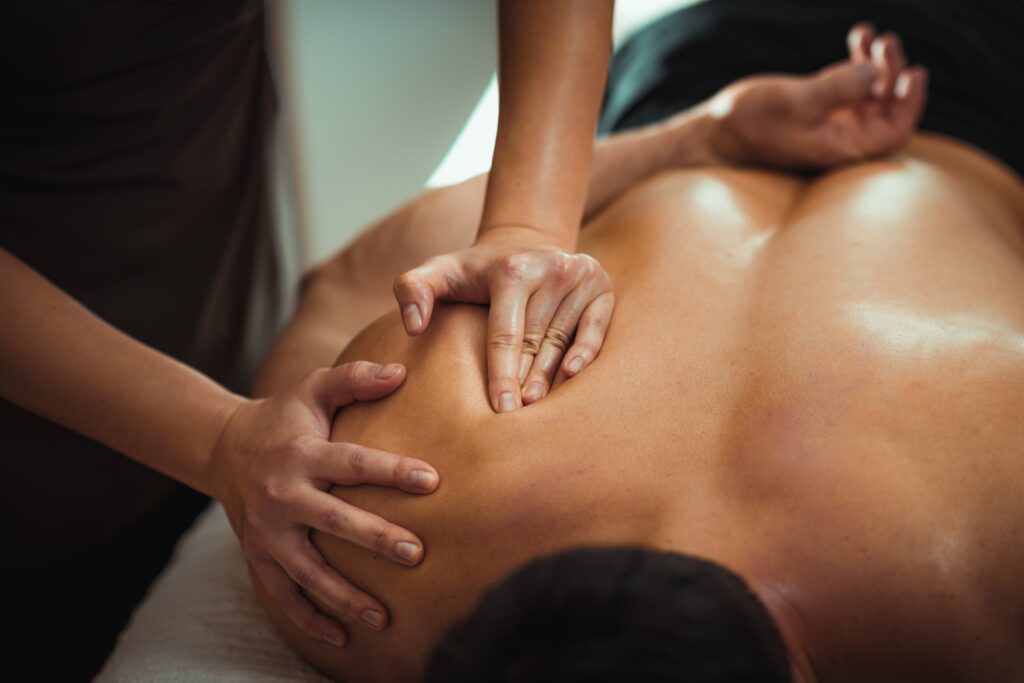
A lot of the time, muscle strain is what causes deltoid pain. Our integrative approach works on soft tissues by stretching and massaging them. These methods work well to relax tense muscles. At the same time increasing blood flows to help the body repair. Regular treatment makes you more flexible. Mobilisation, massage, manipulation, and stretching may all be part of our approach. Each method has a special use. Some places need deep pressure work. Some people do better with modest stretching. We choose techniques based on what you need.
Massage therapy helps with deltoid healing in many ways. Shoulder massage helps muscles get more oxygen and nutrients. This better blood flow speeds up healing on its own. Pain goes down as stress goes down. A lot of patients feel a lot better.
We focus on the areas where people usually have problems. Trigger points are fairly common in the deltoid muscle. You need to be very careful when you treat these sore regions. Working on trigger points in a planned way helps with pain. Function gets better when muscles relax.
For healthy shoulders, it’s important to keep your joints moving freely. Our chiropractors will utilise chiropractic adjustments to improve joint movement, as adjustment provide a deeper stretch for your joints. These changes bring the normal function of your joints back. When movement is fixed, nerve function gets more effective and natural healing mechanisms function better.
As chiropractors we look at your whole spine, not just your shoulder. Shoulder pain is often caused by difficulties with the neck and upper back. Problems in the middle of the back can also cause compensating patterns. These changes can effect shoulder movement patterns. We find you get better results when we look at the whole system, not just a joint in isolation.

For full recuperation, you need to do the right workouts. We make programmes that are right for your situation. Starting off slowly keeps you from getting hurt again. Your body moves forward at its own rate. Each exercise helps you get back to full function.
Studies reveal that you should practice exercises three to five times a day. Intensity is not as important as consistency. First, we teach the right way to do things. Exercises at home work well with treatments in the clinic. Being active helps you recover faster.
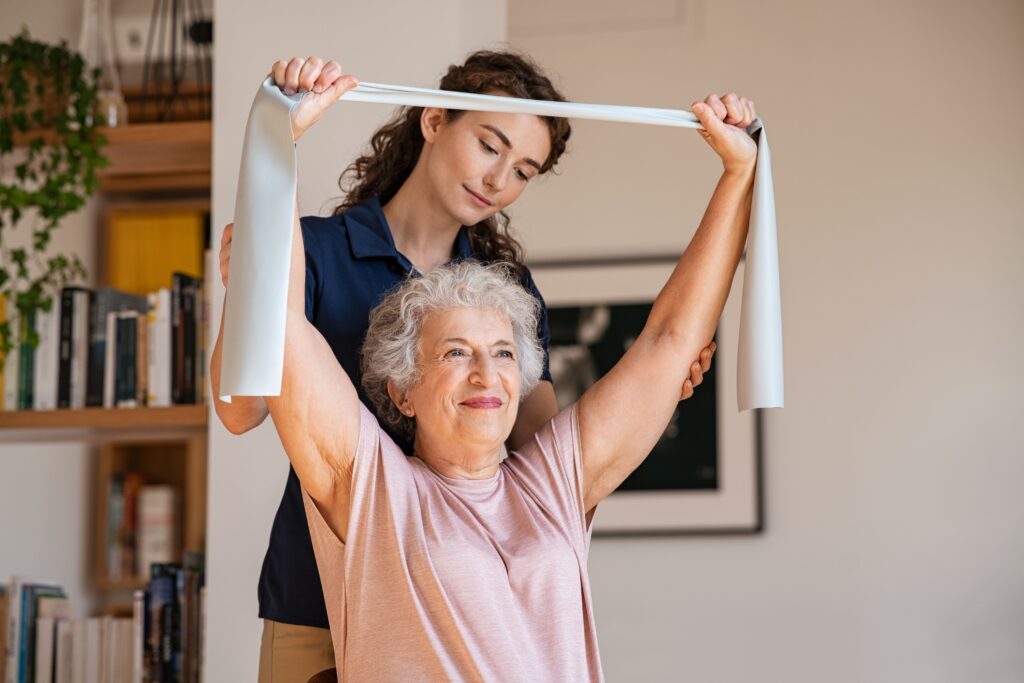
These treatments work together to give greater results. Adjustments make the nerves work better and the joints move better. Working on soft tissue lowers stress and makes you more flexible. Massage improves blood flow and eases pain. Exercises help you get stronger and keep the problem from coming again. Patients say they feel a lot better when they get both types of care. Pain goes away faster than with just one treatment. Function comes back more fully. The integrated approach takes into account all the aspects that contribute. This all-around care has effects that remain.
It is still easier to stop issues from happening than to fix them once they do. Regular upkeep stops tiny problems from becoming big ones. Preventive therapies are especially good for athletes. Getting sports massages on a regular basis stops muscle tension from building up. Regular tweaks keep things in the right place.
“Pre-covery” is what we term our preventive strategy. It’s ideal to deal with problems before they hurt. Check-ups on a regular basis find problems early. Small fixes keep big injuries from happening. This proactive strategy helps you stay active longer.
The first step in home care is to follow the rules. Rest, ice, and heat are the first things to do. Ice helps with swelling after acute injuries. Apply every 15 minutes during the day. Heat helps with long-term muscle stress.
But rest doesn’t mean being completely still. Gentle motions stop stiffness from happening. When you sit, make sure your arm is comfortable. Use pillows to help you sleep in the right way. Get enough rest and move around in a way that is good for you.
Over-the-counter anti-inflammatory drugs can assist. For your safety, make sure to follow the dose directions exactly. These drugs help with swelling and pain. But they shouldn’t take the place of real treatment. Include them in your full care plan.
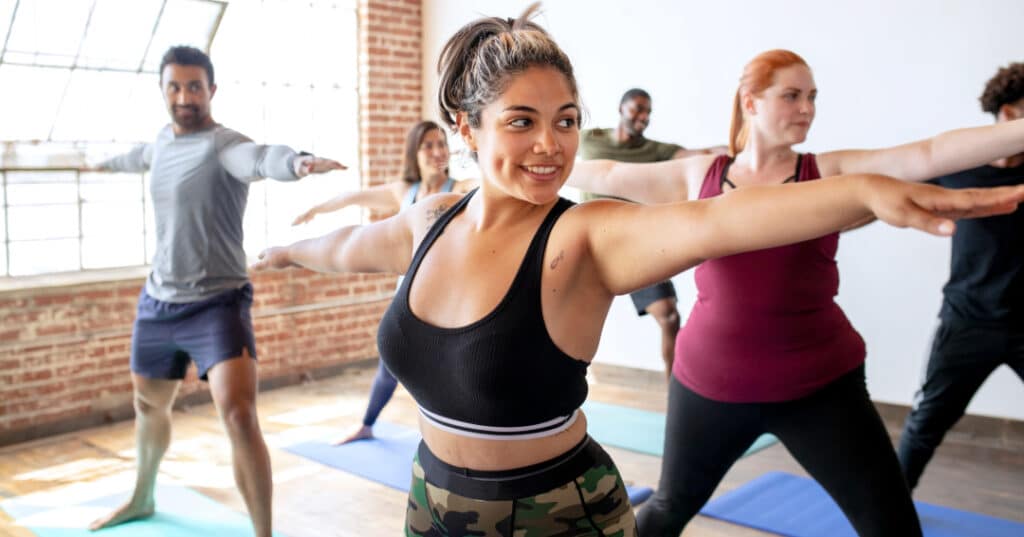
There are certain steps that rehabilitation exercises go through. Start with simple motions that let your body move through its full range of motion. Slowly work your way up to resistance workouts. Never push through a lot of discomfort. Your body sets the pace for the advancement.
It usually works best to start workouts while lying down. This stance makes gravity less strong. When you get stronger, go on to sitting. Eventually, it is okay to do workouts while standing. Each step makes you stronger.
Stretching keeps your body flexible and makes it more so. You should hold each stretch for at least 30 seconds. When you stretch, breathe normally. Do not bounce or force movements. Over time, consistency gives the best results.
To avoid deltoid injuries, you need to plan ahead. Before you do anything strenuous, always warm up. Warm-ups get your muscles ready to work. More blood flows to tissues that are working. The danger of getting hurt goes down a lot. Ergonomics in the workplace should be taken very seriously. The height of the monitor changes the position of the neck and shoulders. The position of the keyboard affects how much strain is on the shoulders. Changing positions often stops static loading. Little changes can make a big difference. You need to be careful with how you handle training loads. Moving up slowly helps avoid damage from overuse. Days off give your body time to heal. Changing up your activities helps relieve stress. Pay attention to what your body is telling you.

Some symptoms need to be seen by a doctor right away. If you can’t move your arm at all, you need to see a doctor. If you have severe discomfort even while you relax, you should see a doctor. A visible malformation in the shoulder suggests a significant injury. Don’t wait to get the right care. You should also see a doctor if your symptoms don’t go away. Pain that doesn’t change for two weeks could mean problems. Tingling or numbness means that nerves are involved. Weakness that doesn’t get better has to be looked at. Intervening early makes a big difference in outcomes. Keep in mind that getting treatment from a professional speeds up recuperation. A correct diagnosis leads to effective treatment. Expert care stops problems from getting worse. Don’t think that discomfort that lasts a long time is natural. There is help available, and it works.
The degree of the injury affects how long it takes to heal. Minor strains usually get well in one to two weeks. It takes four to six weeks for moderate injuries to heal. It can take up to four months for severe tears to heal. Knowing how long things would take helps you have realistic hopes.
There are a number of things that affect how quickly a wound heals. Age has an effect on how quickly tissues heal. Injuries from the past may make rehabilitation take longer. Your overall health affects how well you can heal. Following the treatment plan speeds up improvement. Be patient, but also hopeful.
Most people get better fully with the right care. Even bad injuries can recover well. Following professional advice leads to better results. Keeping your expectations reasonable will help you avoid being upset. Concentrate on steady, moderate progress.
Medical innovations keep making deltoid care better. New imaging technologies make it easier to get the right diagnosis. As new research comes out, treatment plans change. Methods of recovery get better. Patients benefit from new ideas all the time. More and more, technology is helping in rehabilitation. Exercise apps are great at helping with home workouts. Wearable devices keep track of development in a fair way. Some places employ training in virtual reality. These gadgets make standard therapies better. Also, solutions for preventing things keep getting better. Every year, more and more wellness programmes are offered at work. Athletic training gets more advanced. People are becoming more conscious of how to keep their shoulders healthy. The future seems good for higher results.

Millions of people throughout the world have pain in their deltoid muscles. Knowing about this vital muscle might help you avoid complications. Recognising symptoms early makes treatment more likely to work. With the right care, recovery is possible.
Your greatest long-term plan is still to avoid problems. Warm-ups done right keep you from getting hurt. Shoulder health is helped by good posture. Exercise on a regular basis keeps your muscles strong. Shoulder health is affected by small choices made every day.
Getting guidance from a professional makes a big difference. Our all-in-one method takes care of everything. Adjustments, soft tissue work, and exercises work well together. Personalised therapy plans speed up healing. Don’t let pain in your deltoids stop you from living your life.
Keep in mind that you can fully recover. You can make your shoulders strong again. Do something to improve the health of your shoulders. You will feel better and be able to do things again.

Scott has more than 20 years of clinical experience as a movement expert and musculoskeletal health professional. His thorough understanding of how pain affects your spine, joints, muscles, and total well-being is the result of significant academic study and many many years of clinical experience. Scott’s real interest in movement mechanics enables him to develop individualised care plans that summarise complex problems into clear, simple treatments, leading to quicker healing times. His friendly, attentive approach ensures that you not only comprehend but also feel supported throughout your treatment journey, allowing you to return to the things you like with restored confidence and vitality.
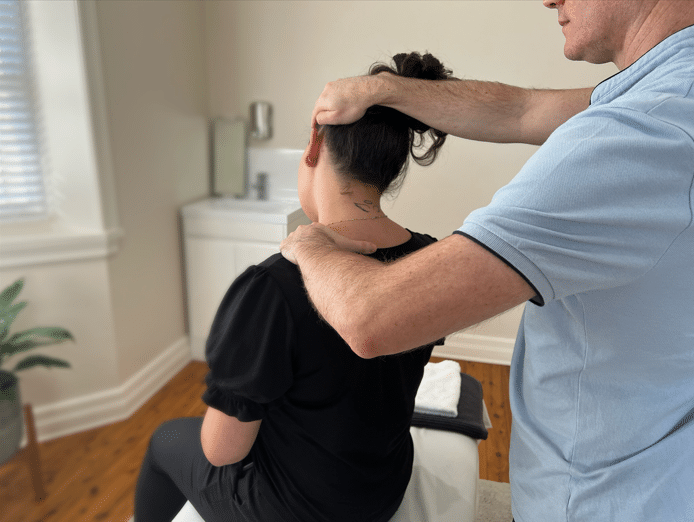
Forest Lodge, Annandale, Glebe, Leichhardt, Balmain, Haberfield, Canada Bay, Rozelle, Rodd Point, Wareemba, Stanmore, Petersham, Lilyfield, Hunters Hill, Enfield, Cabarita, Mortlake, Rhodes, Burwood Heights, Birchgrove, Gladesville, Huntleys Point, Abbotsford, Ashfield, Croydon Park, Croydon, Chiswick, Russell Lea, Burwood, Strathfield, Concord, Drummoyne, North Strathfield, Liberty Grove, Dulwich Hill, Lewisham, Camperdown, Ashbury, Homebush, Homebush West, Woolwich, Henley, Summer Hill, Sydney Olympic Park

About
Five Dock Osteopathic & Chiropractic is located in Canada Bay, in Sydney’s Inner West. Servicing suburbs including Burwood, Croydon, Drummoyne, Five Dock, Haberfield, Concord, Abbotsford, Chiswick, Leichhardt, Wareemba, Russell Lea, Summer Hill, Strathfield.
Clinic hours
Monday, Tuesday, Thursday 7AM – 7PM
Wednesday, Friday 7AM – 6PM
Saturday 7AM – 2PM
Sunday 8AM – 2PM
Contact details